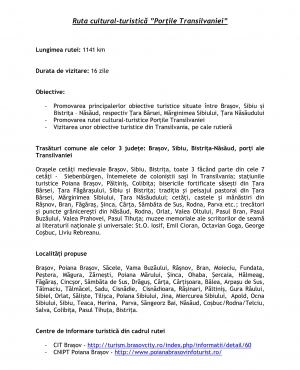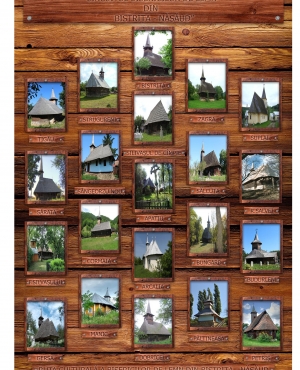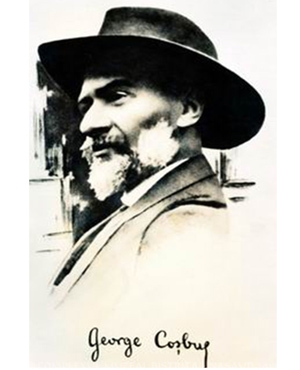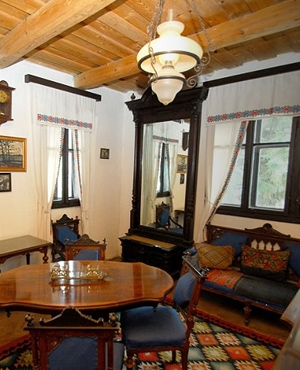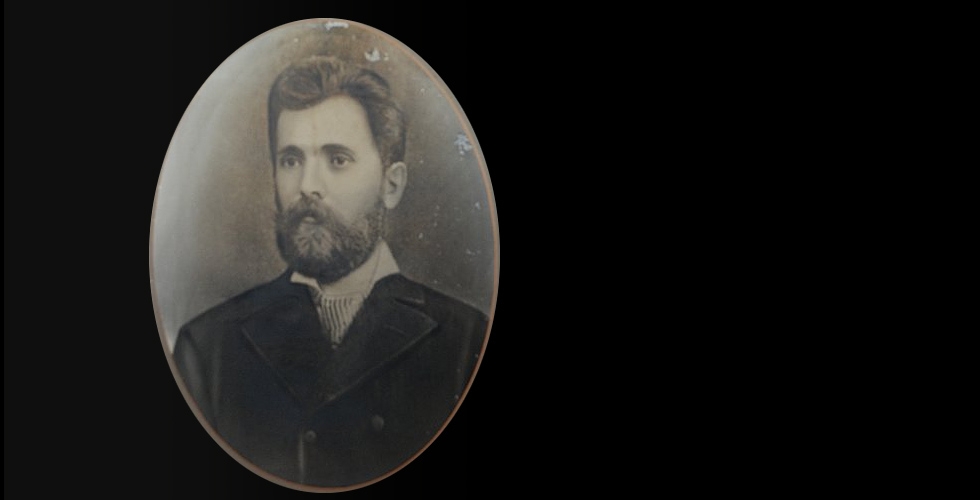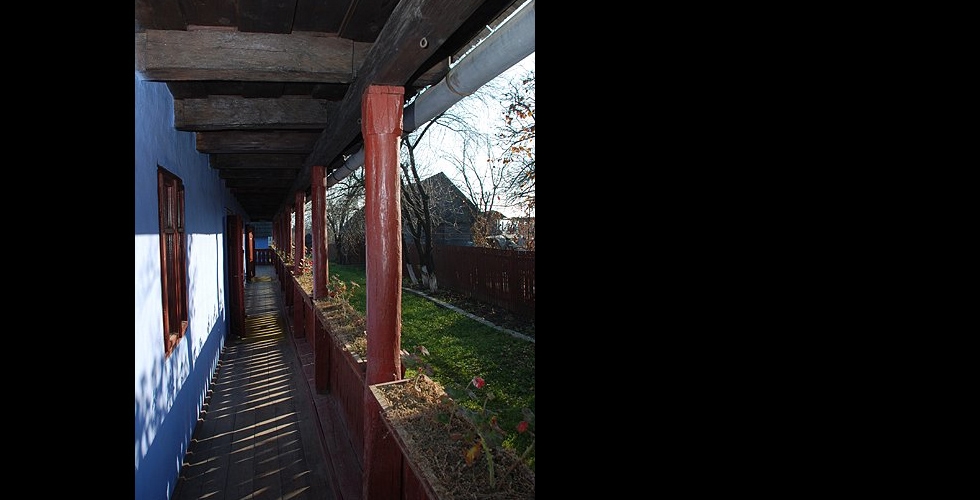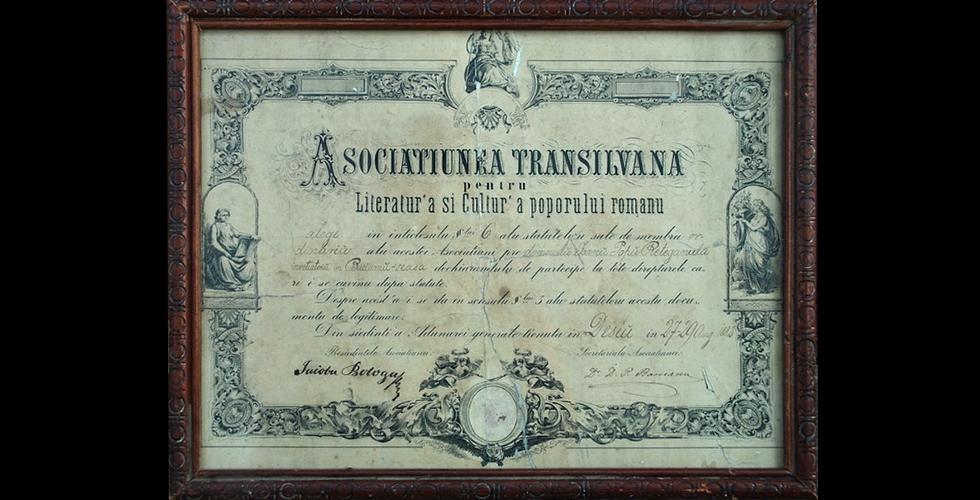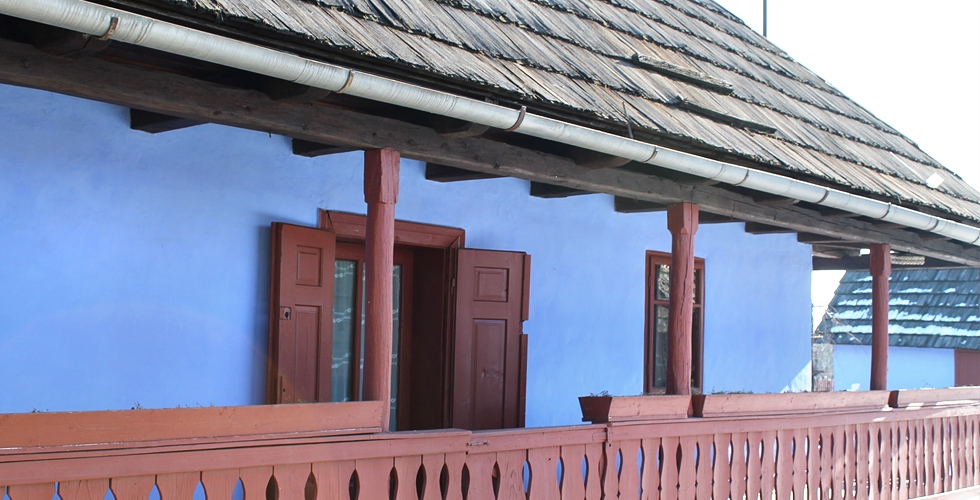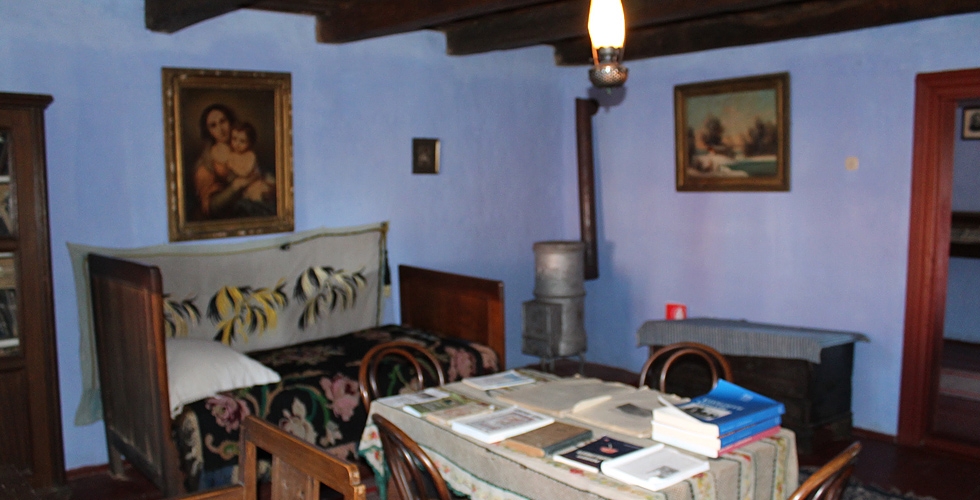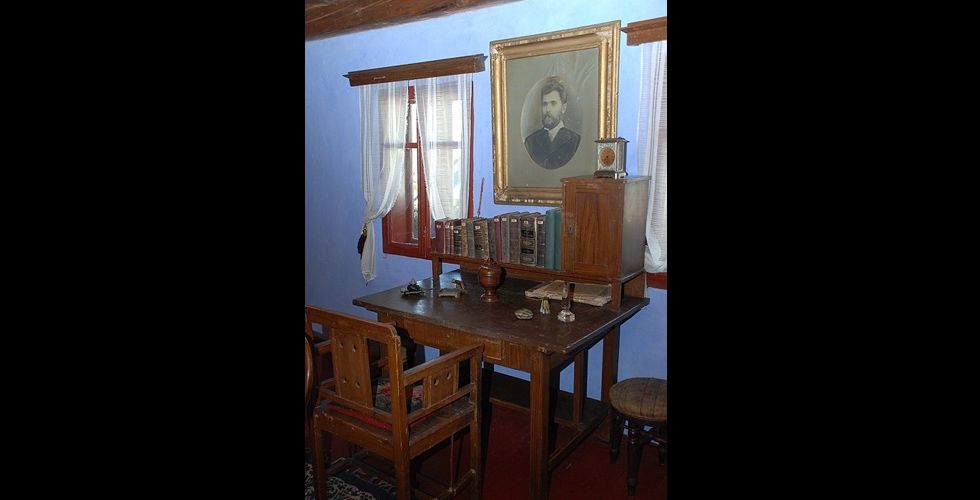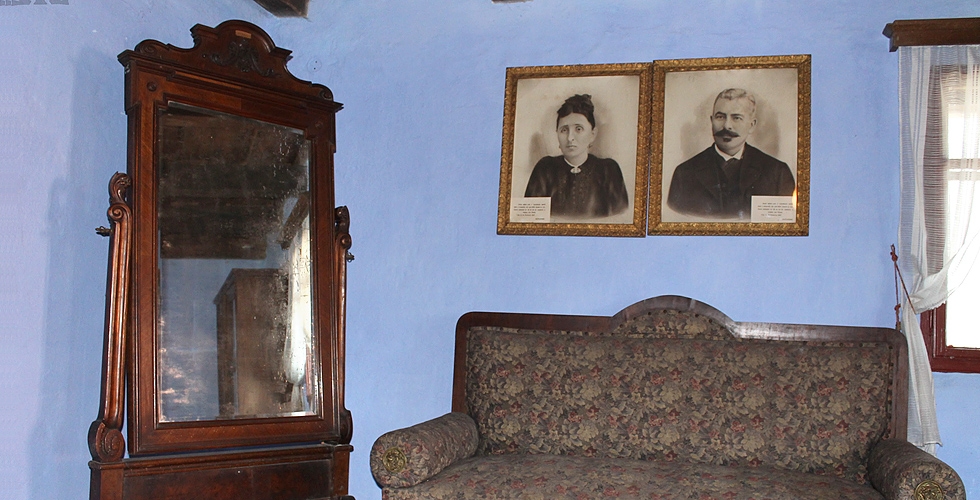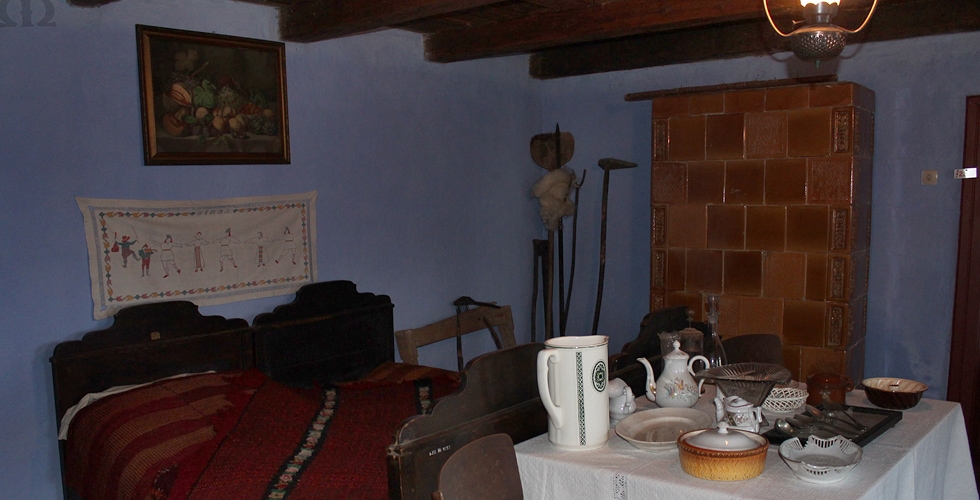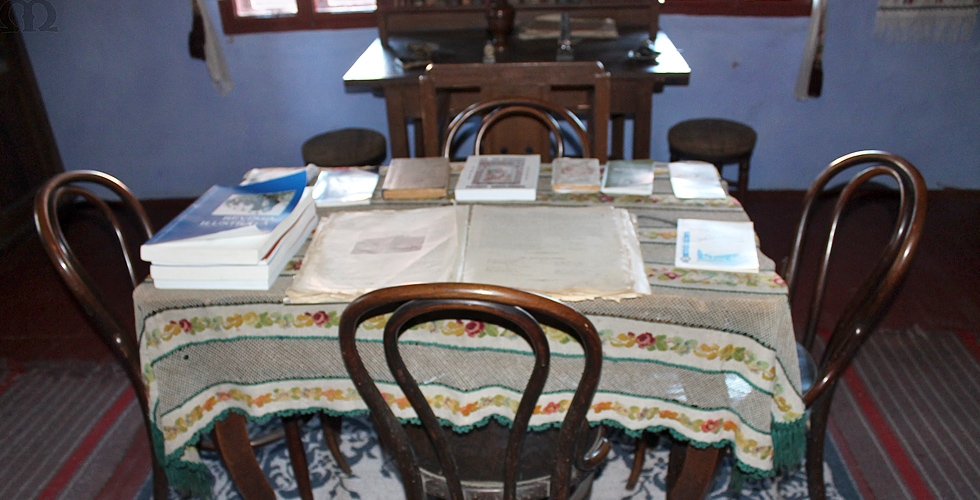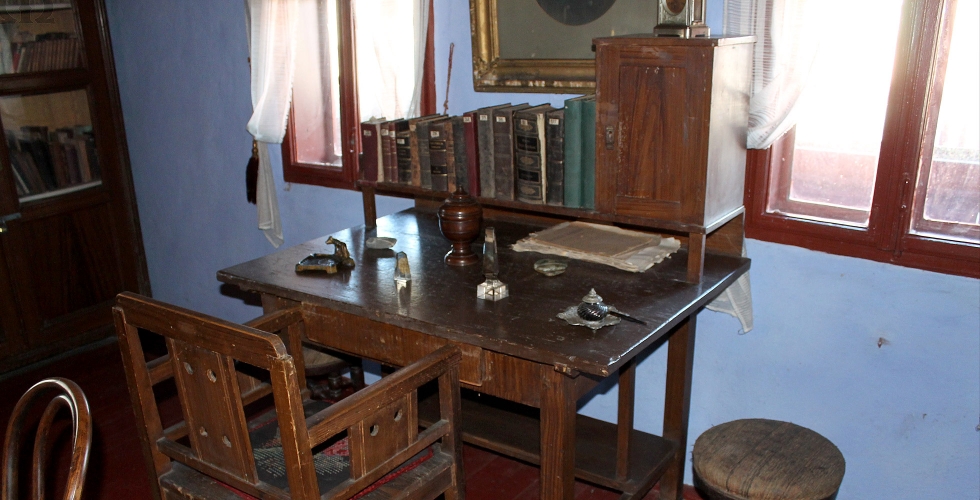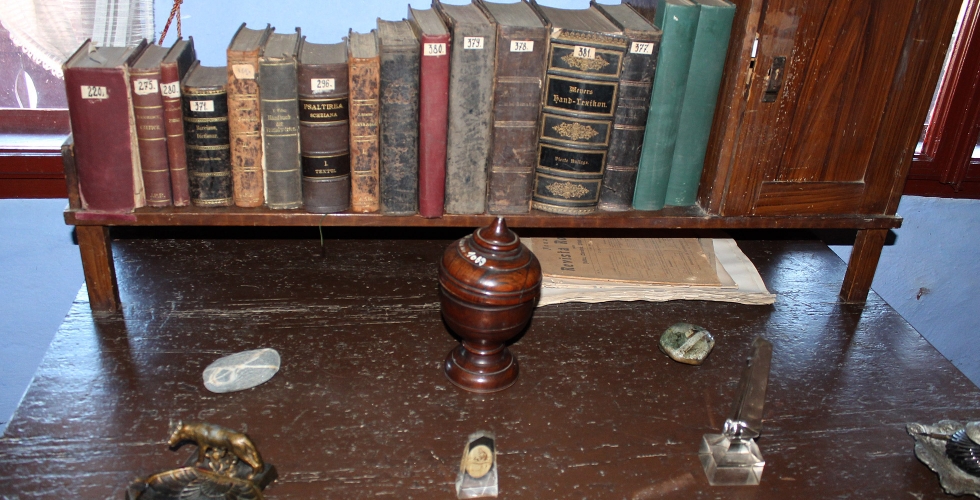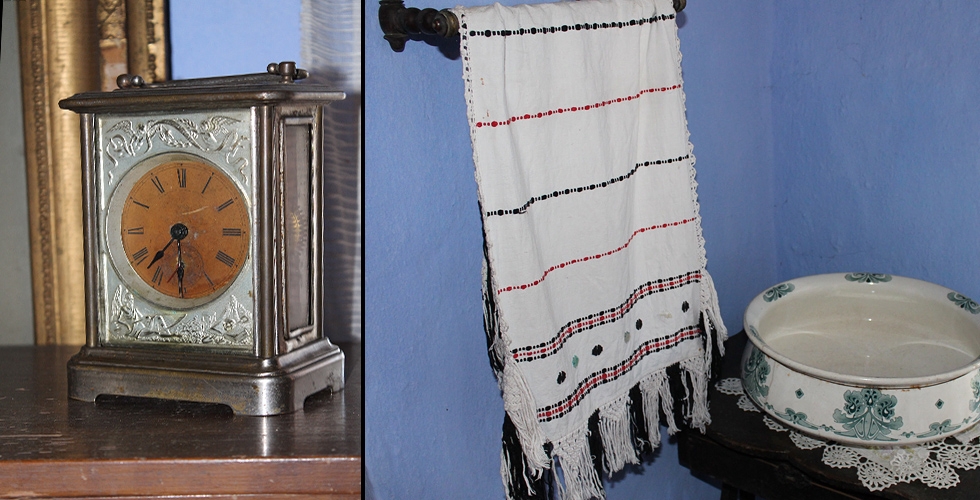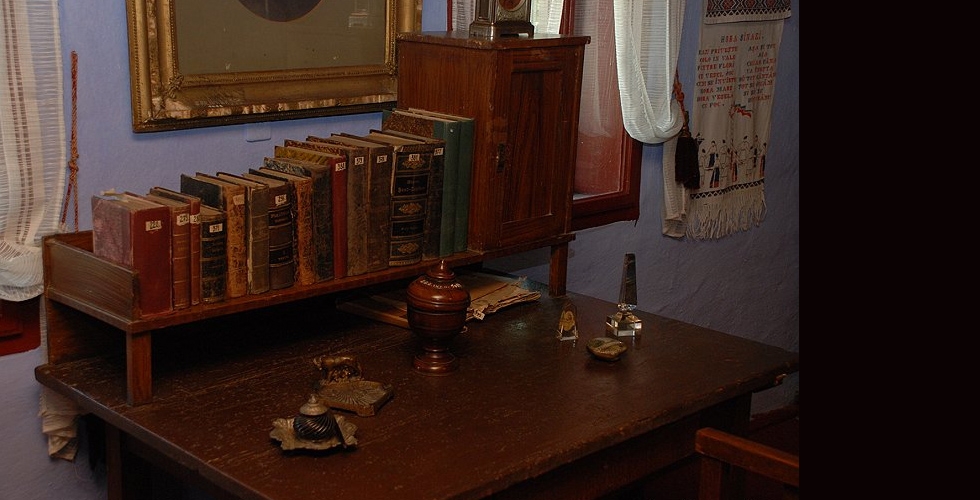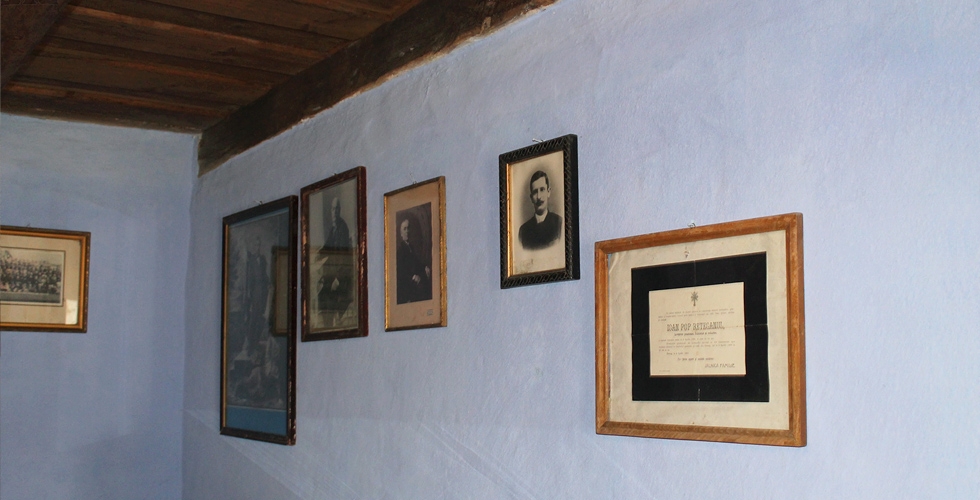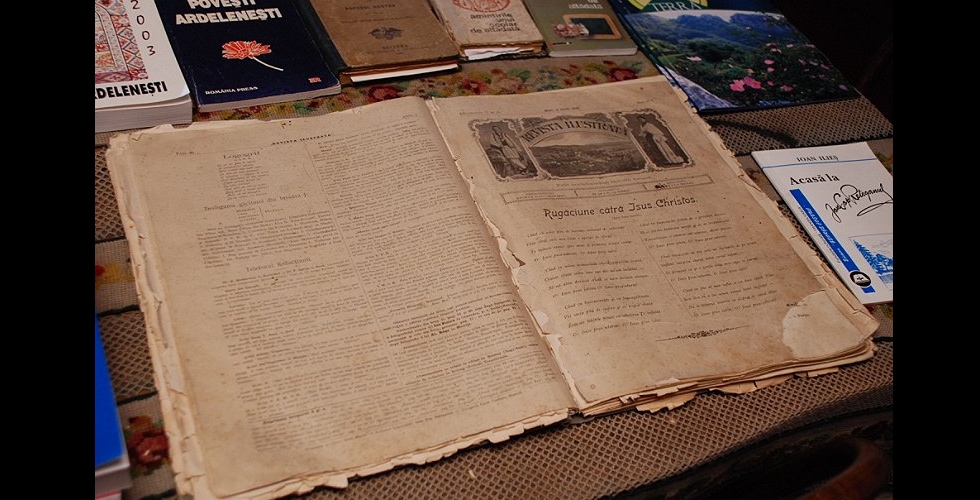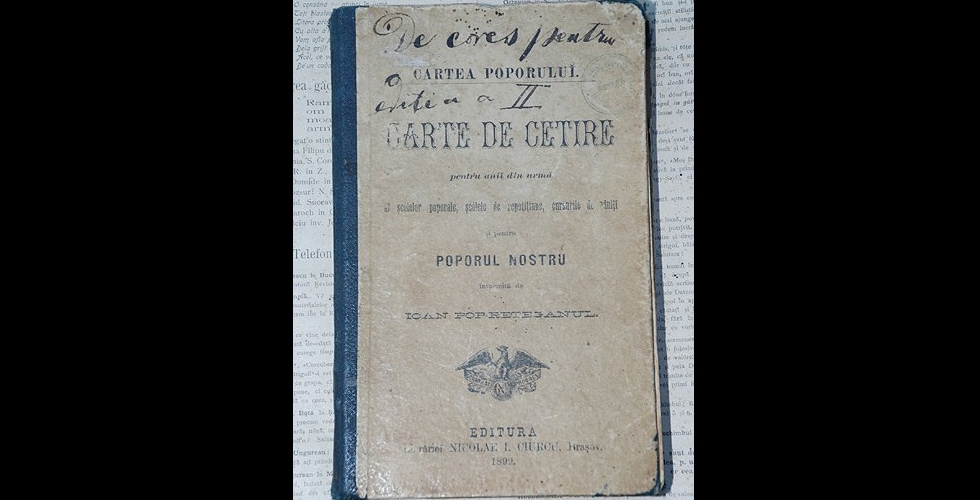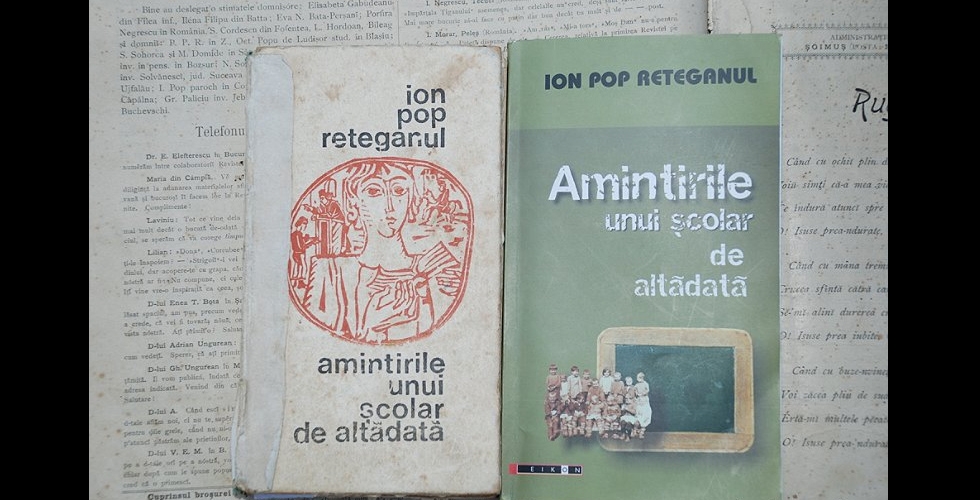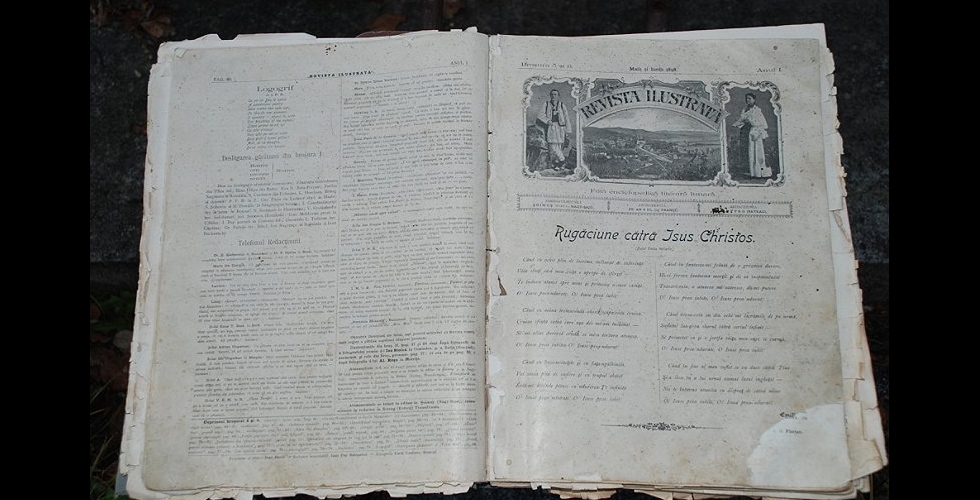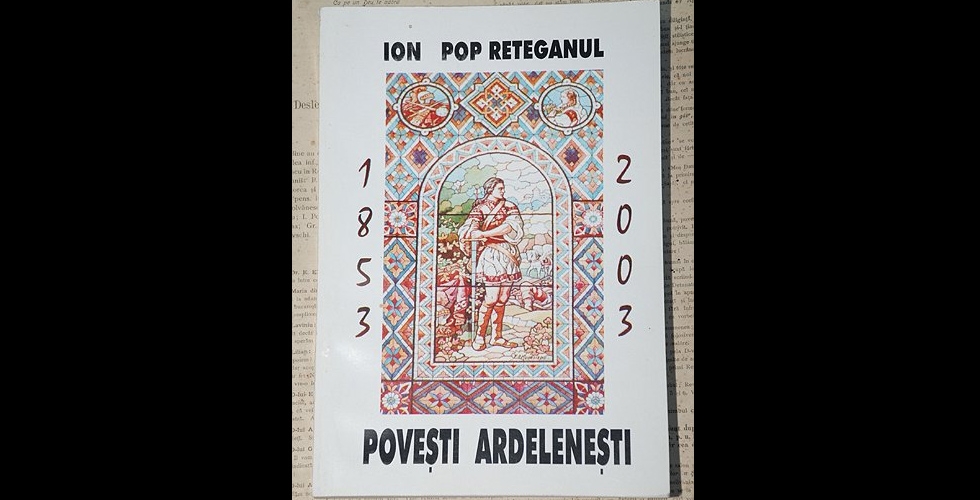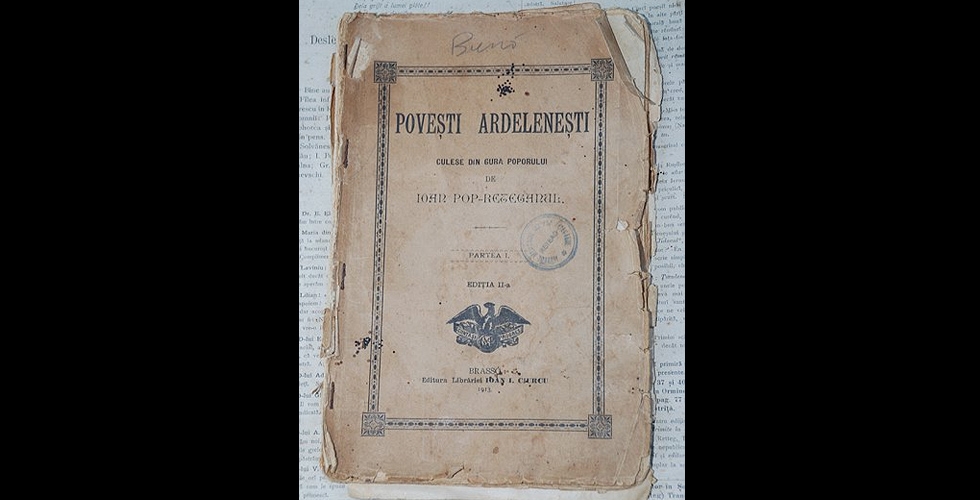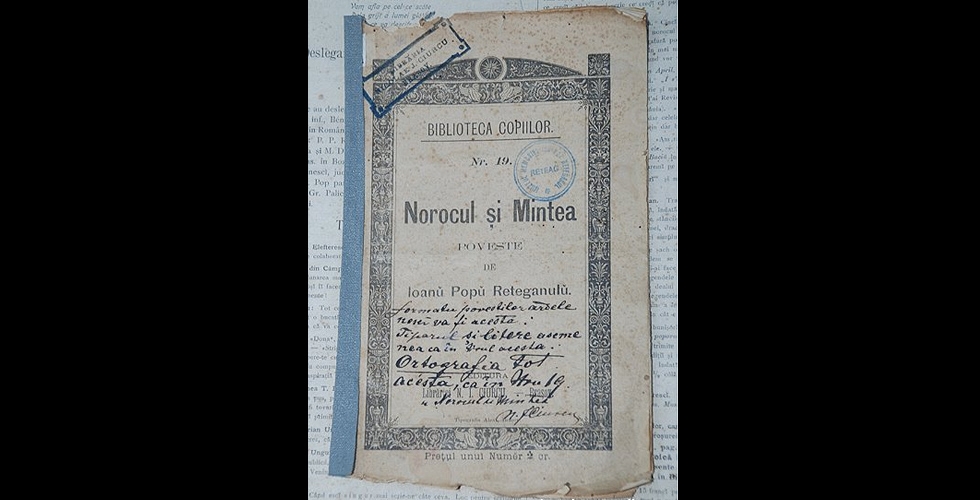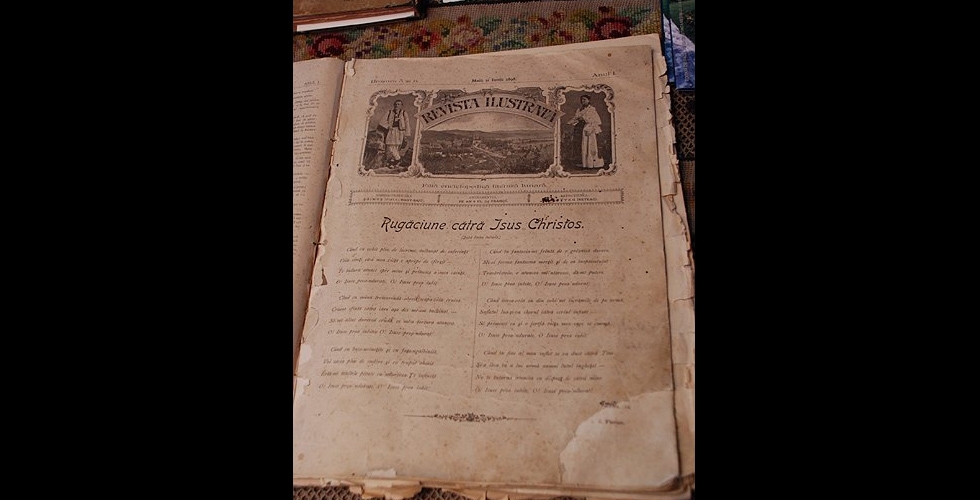Intr-un muzeu daca dorim sa venim in intampinarea dorintelor beneficiarilor de diverse tipuri este important sa tine
Memorial Museum "Ion Pop Reteganul", Reteag
You are here
Memorial Museum "Ion Pop Reteganul", Reteag
In the village Reteag, at no. 24, there stands a farm-house with porch, built in 1866 and transformed into a museum in 1955.
Built by the father of the folklorist Ion Pop Reteganul, the house shelters today some of the objects belonging to this valuable scholar and is the place where Ion Pop Reteganul was born and spent his retirement years.
The austere ambiance of the working place of the former school teacher is offered by the bed, office table, table, closets filled with books, mirror and trunk. There are exhibited the books and articles written by him, the magazines he worked at, correspondence files, lesson-plans, translations, papers in manuscript and many others more.
Ion Pop-Reteganul (1853-1905 ) was an educator, proseman, publicist and folklorist representative for his time and remained in the history of Romanian folklore as “the greatest folklorist of Transylvania” (Ion Muslea).
He was born on June 10th 1853 in the village Reteag, county Bistriţa-Năsăud, a village on the Somesul Mare River, village from which, in order to be able to differentiate from the other Pop names in Transylvania, he took over the pen-name Reteganul.
He followed the primary school in Reteag, going to school only during the winter, as once the spring came, he started watching over his family’s sheep grass-eating. He followed two “normal” gymnasium classes and two more at the Border Gymnasium Nasaud (1864-1867).
In the fall of 1870, deciding he wants to be a teacher, the starts the courses of the Confessional School in Gherla, and in the next year of the Confessional School in Deva (1870-1871).
In February 1873, before graduating, as he was considered an exceptional student, he was asked to take over a teacher job in the village Orlat in the county Sibiu. For twenty years he had been working as teacher in several counties (1873-1892), being preoccupied by gathering the folklore in these regions.
In 1876 he teaches in Boru Mare on Jiului Valley, in 1878 in Lisa (Făgăraş), as headmaster of the Romanian confessional school, in 1879 in Bouţarul Superior in the diocese of Lugoj, in 1881 in Bucium-Seasa, in Sâncel then near Blaj (1885), in Rodna Veche (1886) and finnnaly in Reteag, where he retired in 1892.
When retiring, he was satisfied because of setting up 5 schools and contributing to the development of others, stating: „to be born again 100 times, I would be every time a teacher, because there is no career more beautiful than being a teacher”.
He dies at the age of 52, on April 3rd 1905 in Reteag. His wife, Luiza outlived him almost 50 years, and his daughter Eugenia died a year before her mother. All three of them are buried in the same tomb.
In 1878 he published in the magazine of Iosif Vulcan ˝Şezătoarea. Foaia poporului român˝ (Siedietórea. Fóia poporului românu), the story ˝Fata mulţumitoare˝ (“The decent girl”) – a try to versify the story ˝Toarceţi fete, c-a murit Baba Cloanţa˝(Spin girls as the bad witch has died), he will later introduce in the volume ˝Poveşti ardeleneşti din popor adunate˝ (Transylvanian stories gathered from the folk), part 1 (edited in five parts), 1888, volume that became very popular.
Vasile Alecsandri wrote to him from Paris, that he read them “with great pleasure” urging him to continue the “precious gathering and publishing, meant to have an important place in the thesaurus of popular literature, fulfilling this way, one of the most useful missions of a man who loves his people”.
He also edited the folklore books: ˝Little heart – that is the Pearl of national poetry, of the best Romanian writers, for the use of the Romanian youth˝ (1885, 2nd edition in 1907), ˝Roses and Violas˝ (1886, 4th ed. in 1912), ˝Boys’ whistle at the dance, Anecdotes to be shared to the people˝ (1887), ˝Ceremony master or the folk customs at Transylvanian weddings˝ (1890), ˝Tales of the folk˝ (1895, edited under the patronage of ASTRA and rewarded by the Association), ˝Laments˝ (1897), ˝The Romanian in the village and in the army, appreciated because of his folk-songs˝ and ˝Pântea the Brave: traditions, legends and historical sketches˝ (1898), ˝The building of the world. Adam and Eve. The origin of the Holy Cross and the 12 Fridays: according to folk-traditions and old manuscripts˝ (1901, 9th ed. in 1915), ˝From the mill: stories and anecdotes˝ (1903) etc. Among the original writings, we mention the prose volumes ˝Tales and sketches˝ (2 vol. 1898-1899), ˝Examples and guidance for the folk˝ (1900), ˝Tales˝ (1901), as well as a ˝Reading book for the final years of the normal schools, repetitive schools, courses for adults and for our folk˝ (1892), a practical course about fruit-farming (1889, 1904).
He handed over to the Romanian Academy 21 volumes in manuscript, a committee has analyzed the materials in view of publication, but the majority will remain unpublished.
He was editor at the publications: ˝The books of the Romanian villager˝ (Blaj, 1886), ˝The Righteousness˝ (Timişoara, 1893-1894), ˝The Awakening˝ (Cernăuţi, 1897) ˝The illustrated Magazine˝ (Reteag, Şoimuş, 1898-1899), ˝The Tribune˝ and ˝The Folk-Paper˝ ( Sibiu, 1899-1901), ˝The Sunday Gazette˝ (Şimleu, 1904-1905), also publishing a part of his folklore texts.
He developed an intense activity in the theoretical field of folklore gathering in the pages of the magazine published in Iasi “The Contemporary”, in “Transylvania Gazette˝ (Braşov), ˝The Gutin˝ (Rodna) etc., and wrote articles concerning history of education.
In Sâncel, together with the publicist Petre Stoica, he edited the magazine ˝Pedagogical Speeches˝ (1886-1887). He was vice-secretary of the “Association for the Literature and Culture of the Romanian People˝(ASTRA) in Sibiu (1893-1896).
He was especially appreciated by the most prestigious scholars of his time: Vasile Alecsandri, Octavian Goga, B.P. Haşdeu, I. Bianu, I. Urban Jarnik, Gustav Weigand, Nicolae Iorga.
The main published volumes: Ion Pop-Reteganul – Roses and Violas: folk poems – Gherla, 1884. Ion Pop-Reteganul – Little heart – that is the Pearl of national poetry, of the best Romanian writers, for the use of the Romanian youth. – Sibiu: Ed. Krafft, 1885. Ion Pop-Reteganul – Transylvanian stories: in 5 parts. – Braşov: Ed. Nicolae I. Ciurcu, 1888. Ion Pop-Reteganul – The Fairy Queen: Transylvanian Stories. – Bucureşti: Minerva, 1970. – 310p. Ion Pop-Reteganul – What if there would be no stories. – Sibiu, 1971. – 180 p. Ion Pop-Reteganul – Folk-tales. – Timişoara, 1989. Ion Pop-Reteganul – Water Fairy: Transylvanian Stories. – Bucureşti: Minerva, 1997. – 310 p.
Among the fairy-tales gathered by Ion Pop Reteganul: Trifon Hăbăucul Aflatul Dreptatea şi Strâmbătatea Făt-Frumos zălogit Toarceţi, fete, c-a murit Baba Cloanţa Ganul Ţiganului Crăiasa zânelor Vizor, craiul şerpilor Doftorul Toderaş Omul de omenie nu piere Crâncu, vânătorul codrului Fiuţul oii Aripă-Frumoasă Ioaneş Măsariul Stan Bolovan Norocul şi mintea Măr şi păr Azima mergătoare Povestea lui Pahon Zâna apelor Voinicul Parsion Urmă Galbină şi Pipăruş Petru Lupul cu capul de fier
În localitatea Reteag, la nr. 24, se află o casă tarănească cu târnaţ, construită în anul 1866 şi transformată în muzeu, în anul 1955.
Ridicată de tatăl folcloristului Ion Pop Reteganul, casa adăposteşte azi câteva dintre obiectele care au aparţinut acestui cărturar de valoare şi este locul unde Ion Pop Reteganul şi-a petrecut copilăria şi anii de pensie.
Ambianţa austeră a spaţiului de lucru al fostului învaţător este dată de patul, biroul, masa, dulapurile cu cărţi, oglinda şi cufărul. Sunt expuse carţile şi articolele scrise de el, revistele la care a colaborat, mapele cu corespondenţa avută, planuri de lecţii, traduceri, lucrări în manuscris etc.
Ion Pop-Reteganul (1853-1905 ) a fost un pedagog, prozator, publicist şi folclorist, reprezentativ pentru epoca sa şi a rămas în istoria folcloristicii româneşti ca „cel mai mare folclorist al Ardealului” (Ion Muslea).
S-a născut la 10 iunie 1853, în satul Reteag, jud. Bistriţa-Năsăud, un sat de pe Someşul Mare de la care, pentru a se deosebi de numeroşii Popi transilvăneni, şi-a luat pseudonimul de Reteganul.
Clasele primare le-a făcut în Reteag, frecventând şcoala numai iarna, fiindca, o data cu venirea primaverii, începea păstoritul oilor. A urmat apoi două clase „normale” de gimnaziu şi două de gimnaziu grăniceresc la Năsăud (1864-1867).
În toamna anului 1870, hotărându-se să devină învăţător, urmează cursurile Preparandiei Confesionale (Şcolii Normale) din Gherla, iar in anul următor la Preparandia de stat din Deva (1870-1871).
In februarie 1873, înainte de a termina cursurile, fiind considerat un elev excepţional, a fost solicitat să accepte un post de învăţător în comuna Orlat din judeţul Sibiu. Timp de douăzeci de ani a activat ca învăţător în localitaţi din mai multe judeţe ale ţării (1873-1892), fiind preocupat în acelaşi timp şi de culegerea folclorului din aceste zone.
În 1876 îl aflăm astfel în Boru Mare, pe Valea Jiului, în 1878 în Lisa (Făgăraş), ca director al şcolii confesionale româneşti, în 1879 în Bouţarul Superior din dioceza Lugojului, în 1881 la Bucium-Seasa, la Sâncel apoi, lângă Blaj (1885), la Rodna Veche (1886) şi, în sfârşit, la Reteag unde s-a retras ca pensionar în 1892.
La ieşirea la pensie avea satisfacţia că a organizat 5 scoli şi a contribuit la dezvoltarea altora şi afirma că: „Să mă renasc de 100 de ori tot învăţător m-aş face, căci nu există o mai frumoasă carieră pe pământ ca aceea de învăţător”.
Se stinge din viaţă la 52 de ani, în 3 aprilie 1905 în Reteag. Soţia sa Luiza a mai trăit încă aproape 50 de ani, iar fiica sa Eugenia a murit cu un an înaintea mamei. Sunt înmormântaţi toţi trei în acelaşi mormânt.
În 1878 publica în revista lui Iosif Vulcan ˝Şezătoarea. Foaia poporului român˝ (Siedietórea. Fóia poporului românu), povestea ˝Fata mulţumitoare˝, – o încercare de versificare a poveştii ˝Toarceţi fete, c-a murit Baba Cloanţa˝, pe care o va introduce în volumul ˝Poveşti ardeleneşti din popor adunate˝, partea 1 ( editat în cinci părţi), 1888, ce a cunoscut o deosebită popularitate.
Vasile Alecsandri îi scria, de la Paris, că le-a citit „cu multă placere”, îndemnându-l să continue „preţioasa culegere şi publicare, menită a ocupa un loc însemnat în tezaurul literaturii populare, îndeplinind astfel una din cele mai folositoare misiuni ale unui om care îşi iubeşte neamul”.
A mai editat culegerile de folclor: ˝Inimioara - adecă Floarea poeziei naţionale din cei mai buni scriitori români pentru uzul tinerimii române˝ (1885, ed. a 2-a în 1907), ˝Trandafiri şi Viorele˝ (1886, ed. a 4-a în 1912), ˝Chiuituri de care strigă flăcăii la joc, Opşaguri, cât pilite, cât cioplite şi la lume împărţite˝ (1887), ˝Starostele sau datinile de la nunţile românilor ardeleni˝ (1890), ˝Poveşti din popor˝ (1895, editat sub auspiciile ASTREI şi premiat de Asociaţie), ˝Bocete˝ (1897), ˝Românul în sat şi la oaste, apreciat din cântecele lui poporale˝ şi ˝Pântea Viteazul: tradiţiuni, legende şi schiţe istorice˝ (1898), ˝Zidirea lumii. Adam şi Eva. Originea Sfintei Cruci şi cele 12 Vineri: după tradiţii poporale şi manuscrise vechi˝ (1901, ed. a 9-a în 1915), ˝De la moară: poveşti şi snoave˝ (1903) etc., Dintre scrierile originale menţionam volumele de proză ˝Nuvele şi schiţe˝ (2 vol. 1898-1899), ˝Pilde şi sfaturi pentru popor˝ (1900), ˝Nuvele˝ (1901), cât şi o ˝Carte de cetire pentru anii din urmă ai şcoalelor normale, şcoalele de repetiţiune, cursurile de adulţi şi pentru poporul nostru˝ (1892), un curs practic despre pomicultura (1889, 1904).
A predat Academiei Române 21 de volume în manuscris, o comisie urmând să trieze materialul în vederea publicării, dar cea mai mare parte va ramâne inedită.
A fost redactor la publicaţiile: ˝Cărţile săteanului român˝ (Blaj, 1886), ˝Dreptatea˝ (Timişoara, 1893-1894), ˝Deşteptarea˝ (Cernăuţi, 1897) ˝Revista ilustrată˝ (Reteag, Şoimuş, 1898-1899), ˝Tribuna˝ şi ˝Foaia poporului˝ ( Sibiu, 1899-1901), ˝Gazeta de duminecă˝ (Şimleu, 1904-1905), tipărind şi o parte din textele sale folclorice.
A desfăşurat şi o intensă activitate în domeniul teoretic al culegerii şi cercetării folclorului în paginile revistei ieşene ˝Contemporanul˝, în ˝Gazeta Transilvaniei˝ (Braşov), ˝Gutinul˝ (Rodna) ş.a.; a scris şi articole legate de istoria învăţământului.
La Sâncel, împreuna cu publicistul Petre Stoica, a editat revista ˝Convorbiri pedagogice˝ (1886-1887). Secretar secund al ˝Asociaţiunii pentru Literatura şi Cultura poporului român˝ (ASTRA) la Sibiu (1893-1896).
A fost apreciat elogios de cei mai prestigioşi cărturari ai timpului: Vasile Alecsandri, Octavian Goga, B.P. Haşdeu, I. Bianu, I. Urban Jarnik, Gustav Weigand, Nicolae Iorga.
Principalele volume publicate: Ion Pop-Reteganul - Trandafiri şi viorele: poezii populare. – Gherla, 1884. Ion Pop-Reteganul - Inimioara – adecă Floarea poeziei naţionale din cei mai buni scriitori români pentru uzul tinerimii române. – Sibiu: Ed. Krafft, 1885. Ion Pop-Reteganul - Poveşti ardeleneşti: în 5 părţi. – Braşov: Ed. Nicolae I. Ciurcu, 1888. Ion Pop-Reteganul - Crăiasa zânelor: poveşti ardeleneşti. – Bucureşti: Minerva, 1970. – 310p. Ion Pop-Reteganul - De n-ar fi poveştile. – Sibiu, 1971. – 180 p. Ion Pop-Reteganul - Poveşti populare. – Timişoara, 1989. Ion Pop-Reteganul - Zâna apelor: poveşti ardeleneşti. – Bucureşti: Minerva, 1997. – 310 p.
Dintre basmele culese de Ion Pop Reteganul: Trifon Hăbăucul Aflatul Dreptatea şi Strâmbătatea Făt-Frumos zălogit Toarceţi, fete, c-a murit Baba Cloanţa Ganul Ţiganului Crăiasa zânelor Vizor, craiul şerpilor Doftorul Toderaş Omul de omenie nu piere Crâncu, vânătorul codrului Fiuţul oii Aripă-Frumoasă Ioaneş Măsariul Stan Bolovan Norocul şi mintea Măr şi păr Azima mergătoare Povestea lui Pahon Zâna apelor Voinicul Parsion Urmă Galbină şi Pipăruş Petru Lupul cu capul de fier


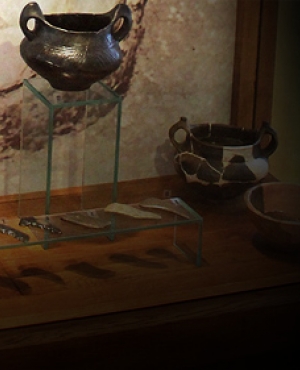
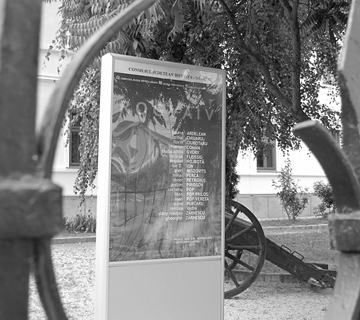 Clipuri Video
Clipuri Video
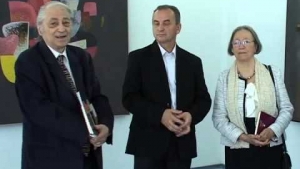
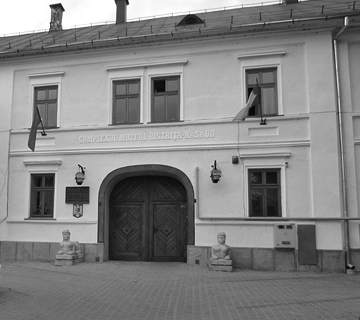 Complexul Muzeal Bistriţa-Năsăud
Complexul Muzeal Bistriţa-Năsăud
